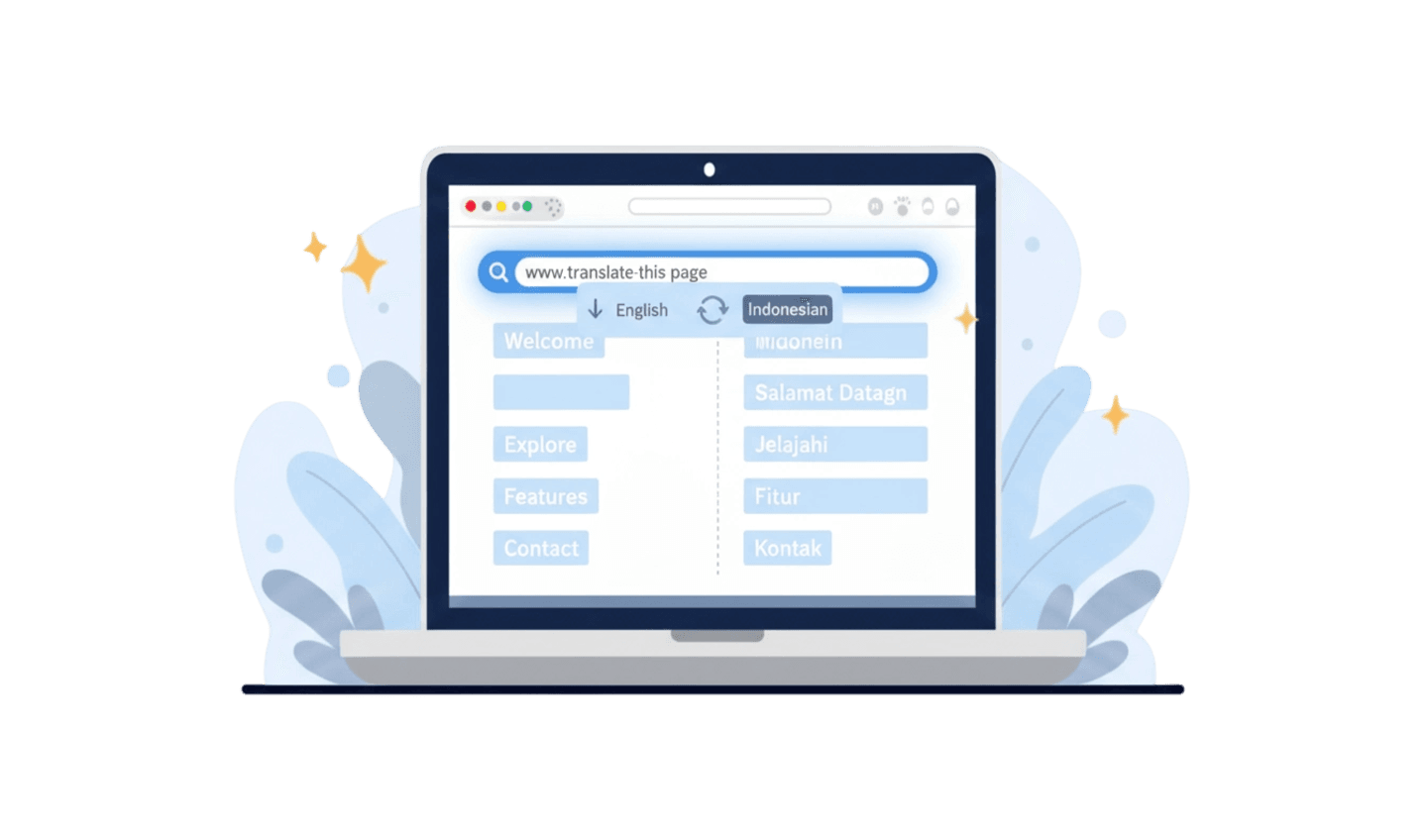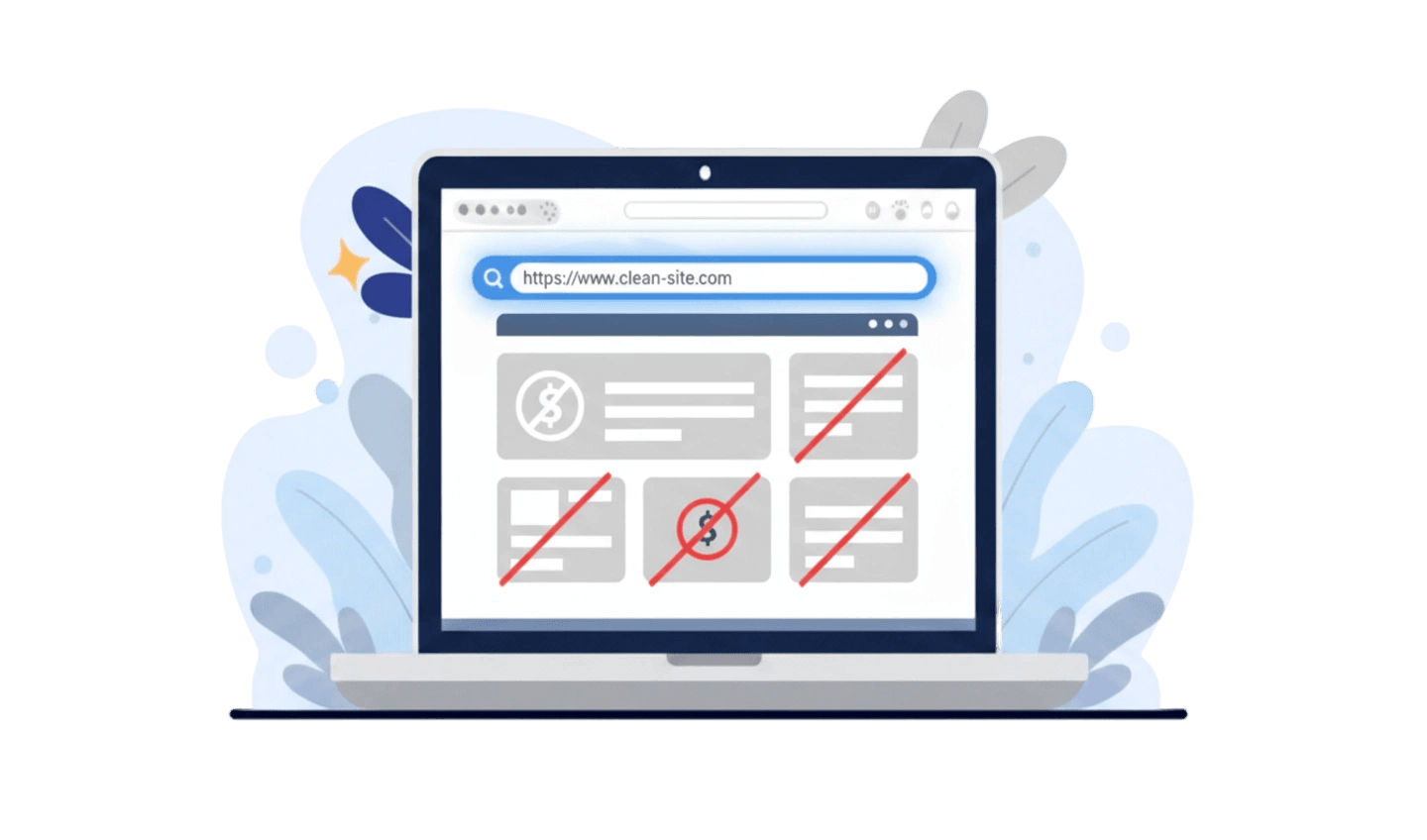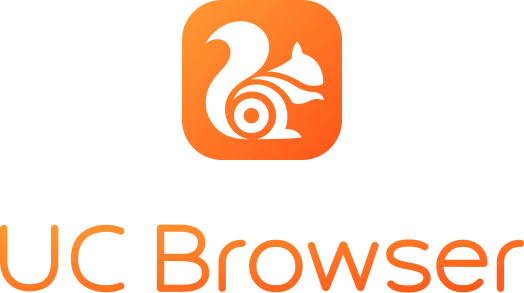In an increasingly interconnected world, the ability to communicate across languages is more essential than ever. As businesses expand globally and individuals engage with diverse cultures, the demand for seamless translation tools has surged. Auto translation features, integrated into popular web browsers, have emerged as vital resources, enabling users to access and comprehend content in multiple languages without the burden of manual translation. This functionality not only simplifies the browsing experience but also fosters greater cultural understanding and exchange.
Web browsers like UC Browser are equipped with automated translations that automatically detect a webpage's language and provide instant translations to the user's preferred language. However, while these tools enhance accessibility, they are not without limitations, particularly when it comes to accuracy and cultural context. This introduction sets the stage for exploring the functionalities of auto translation, the ease of use offered by these tools, and the importance of professional services in ensuring effective communication in an ever-evolving digital landscape.
Part 1: Understanding Auto Browser Translation
Auto browser translation has become an essential feature in today's interconnected digital landscape, enabling users to access content in multiple languages without the need for manual translation. This functionality is particularly valuable for individuals who frequently visit foreign websites or engage with global content. The ability to auto translate simplifies the browsing experience by automatically detecting the language of a webpage and offering instant translations to the user’s preferred language with just a single click.
Most modern web browsers, such as UC Browser, Microsoft Edge, and Safari , include built-in automatic translate capabilities. When a user navigates to a website written in an unfamiliar language, the browser typically displays a prompt offering to auto translate the page. This feature allows users to gain immediate comprehension of the content and enhances their ability to engage with diverse information and cultures.
The underlying technology behind auto browser translation often involves advanced machine learning and artificial intelligence algorithms. These systems continuously improve through user feedback and extensive language databases, resulting in increasingly accurate automated translations.
Part 2: How to Use Translation Features in UC Browser
Open UC Browser: Start by launching UC Browser and navigating to the specific website you want to auto translate to English. This browser features built-in tools designed to simplify the translation process.
Access the Translation Feature: Once the website has fully loaded, tap the three horizontal lines menu icon located at the bottom of the screen. From the menu, select "Tools," and then click on "AI Translation" to access the available translation options.
Choose Your Language and Model: In the translation settings, select the language you want to auto translate the page from and choose the most suitable model for your needs. Once you've made your selections, you're all set to move forward.
Initiate the Translation: Click the "Translate" button to start the translation process. The webpage will be automatically translated into your chosen language, enhancing your understanding of the content.
Pros: The UC Browser translation feature is customizable and supports multiple languages. It offers a versatile solution for users around the globe.
Cons: It is limited to the UC Browser, which may not be suitable for everyone.
Part 3: How to Use Translation Features in Microsoft Edge
Microsoft Edge provides a convenient built-in translation feature powered by Microsoft Translator, enabling users to auto translate a website with ease. This functionality is especially helpful for those who frequently visit pages in foreign languages. Here’s how to enable this useful feature:
Open Microsoft Edge and navigate to a webpage that is displayed in a foreign language. Once the page loads, Edge will automatically prompt you to auto translate the web.
In the translation prompt that appears, simply click the “Translate” button to initiate the translation process. This allows you to understand the content instantly, enhancing your browsing experience.
To customize your language preferences for future translations, click on the three-dot menu icon in the top-right corner of the browser window. From there, select “Settings,” then navigate to “Languages.” Here, you can configure your preferred languages for translations, ensuring that the auto language translator works according to your needs.
By following these simple steps, you can effortlessly translate foreign web pages, making information accessible and fostering better communication across languages.
Pros: The translation feature offers seamless integration into the browser, making it incredibly easy to use as an auto language translator.
Cons: Keep in mind that this feature is limited to the Microsoft Edge browser, so if you switch to a different browser, you will need to find alternative translation methods.
Part 4:How to Use Translation Features in Apple Safari Translation?
To utilize the auto-translation feature in Safari for translating websites, follow these steps tailored for macOS and iOS devices.
Open Safari: Launch the Safari browser on your Mac or iOS device and navigate to a website that is displayed in a foreign language.
Activate the Translation Feature: Look for the translation icon in the address bar. Once you find it, click on the icon. A menu will appear, allowing you to select “Translate to [Your Language].” This option will initiate the auto-translation of the entire webpage.
Customize Language Preferences: If you wish to manage your language settings, go to the “Preferences” option in Safari. Here, you can set your preferred languages and adjust the automatic translation settings according to your needs.
Pros: It is ease of use, particularly for Apple device users.
Cons: However, there are some limitations to be aware of. The language support is somewhat restricted, and this feature is only available in newer versions of the Safari browser.
Part 5:Understanding Limitations: When to Consult a Professional
While using translation tools in web browsers can be a convenient and cost-effective way to auto translate a website, these tools come with certain limitations regarding accuracy and cultural relevance. The translations generated by such services often lack the depth and precision necessary for business-critical content. For example, automated translations can:
Misinterpret Nuances: These tools may overlook the subtleties and nuances of the original language, resulting in translations that may sound awkward or culturally inappropriate.
Introduce Errors: Complex technical terms, industry-specific jargon, and idiomatic expressions can be mistranslated, which may lead to potentially misleading or incorrect information.
Cultural Insensitivity: Automated translation tools often do not consider cultural sensitivities, which can result in translations that are either offensive or fail to resonate with the target audience.
However, one can choose professional website translation services, such as those offered by UC Browser, to ensure higher accuracy and context for important content. Auto language translator options like those provided by UC Browser stand out due to their advanced AI models and a wide selection of translation languages. UC’s technology not only provides a more precise and nuanced translation but also considers cultural factors, making it a superior choice for businesses and individuals looking for reliable translation services.
If you're looking to auto translate web content effectively and ensure it meets professional standards, UC Browser’s translation capabilities are an excellent solution.
Conclusion
Auto translate content has revolutionized how we engage with information in multiple languages. While built-in translation features in web browsers like UC Browser, Microsoft Edge, and Safari offer impressive convenience through automated translations, they do have limitations, such as potential inaccuracies and cultural insensitivity. For critical content that requires precise understanding, opting for professional translation services is advisable. UC Browser stands out in this realm, offering advanced AI models and a wide array of language options that enhance translation effectiveness. By leveraging UC Browser's capabilities, users can access reliable auto translate website services that ensure their content resonates well with diverse audiences.








